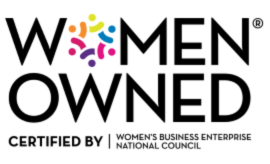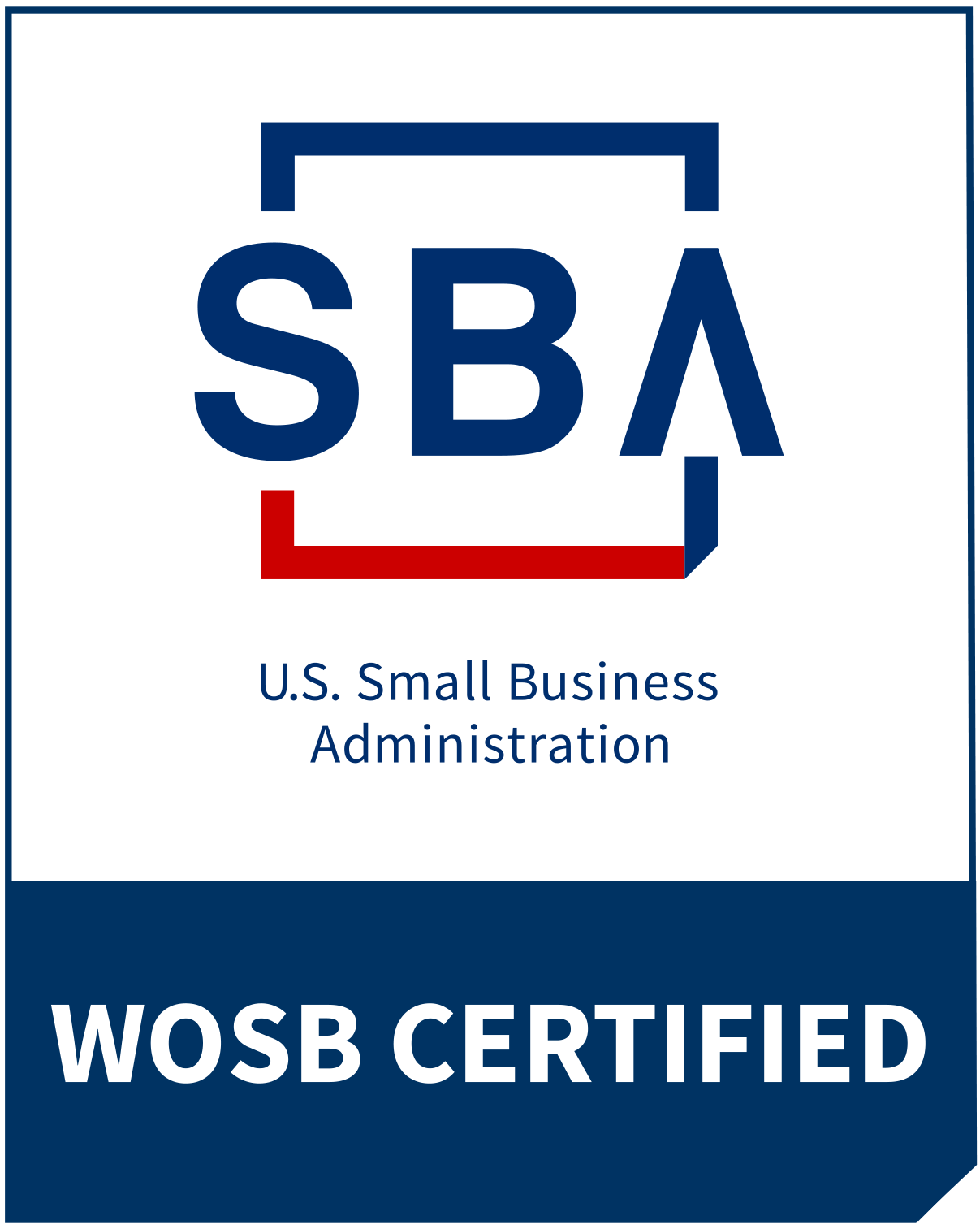Growth Theater vs Real Scaling Explained
Growth Theater vs Real Scaling Explained
Growth adds volume. Scaling adds systems. When you grow without scaling, you grow broke—revenue up, profit down. Learn the 3 warning signs.
Revenue's climbing. The calendar is packed. Your team is busy. From the outside, everything looks like it's working.
But somehow, there's less money in the bank than there should be. You're running harder just to keep up, and every win feels like it comes with a hidden cost you didn't see coming.
You're not imagining it. And no, Mercury isn't in retrograde again. You're growing broke—and it's the direct result of choosing growth over scaling.
If you've been working this hard for this long, you deserve better than watching profit disappear while revenue climbs. Here's what's actually happening—and what it takes to fix it.
Growth and scaling: two completely different paths
Most people use these terms interchangeably. That's the problem.
Growth means adding more of everything. More clients, more projects, more team members, more tools, more revenue. You're expanding activity and volume. The business gets bigger, busier, and often more chaotic.
Scaling is different in a fundamental way. Revenue increases, but your costs and complexity don't rise proportionally. You build systems that handle increased demand without breaking your margins, overwhelming your team, or requiring you to work twice as hard.
Think of it this way: growth is like adding more cars to a highway that's already congested. Scaling is like adding lanes so traffic flows smoothly even when volume increases.
Post-pandemic realities and rising interest rates have exposed the difference between these two approaches. For years, business culture celebrated one thing: grow fast, figure it out later. Investors wanted hockey-stick revenue curves. Advisors pushed topline numbers. Everyone chased bigger, faster, more.
But when borrowing became expensive and investors started demanding profitability timelines, the businesses built purely on growth momentum hit a wall. The ones thriving through this shift had something different underneath: systems that protected profit as revenue climbed.
Today, clients and advisors ask harder questions. Can you actually sustain this growth? What are your real margins? Where's the cash going? They want to know if your growth is real or just expensive.
The businesses that can answer those questions built systems first, then scaled strategically. They tracked patterns, not just totals. They knew what projects actually cost to deliver. They created repeatable processes that worked without constant oversight.
That foundation is what separates sustainable scaling from growing broke.
Growing broke: when growth happens without systems
You're doing everything right. Landing clients. Delivering projects. Building a team. The work is there. The demand is real. Revenue keeps climbing.
So where's the profit?
Growing broke happens when you add revenue faster than you build the systems to support it profitably. Every new client, every new project, every new team member tests your foundation. When that foundation is strong, growth strengthens the business. When it's not, growth exposes every crack that was already there.
Those cracks show up as scope creep you can't track, expenses that climb faster than expected, and projects that take more hours than you estimated. You land a big contract but still get a knot in your stomach when you run payroll. You're working harder than ever but somehow have less to show for it.
None of that means you're failing. It means you've outgrown the structure you started with. The systems that got you to this level can't carry you to the next one.
Here's what makes this so frustrating: you're not making bad decisions. You're not being lazy. You're probably working longer hours now than you ever have. But effort alone can't fix a structural problem. When your foundation isn't built to handle the load, working harder just speeds up the dysfunction.
The businesses that scale profitably do something different at this stage. They pause to strengthen the foundation before adding more weight to it. They build systems that protect margins as revenue increases. They track what projects cost, not just what they bill. They create processes that work without heroic effort.
When you have that foundation in place, revenue and profit move in the same direction. You stop feeling like you're running on fumes even when the calendar is full. Growth starts to feel like momentum instead of mayhem.
Without it? You're growing broke. And the faster you grow, the faster profit disappears.
3 signs you're growing without scaling
Most businesses don't suddenly collapse. They erode slowly—one small leak at a time. You work harder, deliver more, and somehow end up with less to show for it.
Sound familiar? Here are the three clearest signals that you're growing without the systems needed to scale profitably.
1. Revenue is rising—but profits are flat or falling
Sales are up. The team is busy. Clients keep coming. But when you look at the bottom line, the numbers don't make sense.
Profit margins are shrinking. Cash flow is tight. You're running payroll on fumes, and you can't pinpoint where the money's going.
This is growing broke in its purest form. Revenue climbs, but profit doesn't keep pace. Every underestimated proposal chips away at margins. Every untracked hour adds up. Every "extra" you throw in to keep a client happy costs more than you realize in the moment.
When you grow without systems to control costs, manage scope, or track expenses accurately, every dollar of new revenue brings hidden costs you didn't account for. The work is there. You're earning the revenue. But the business isn't structured to protect profit as it comes in.
Have you looked at your P&L lately and wondered why it doesn't reflect how hard everyone's been working? That disconnect is the signal. You're adding volume without adding the infrastructure to capture profit from that volume.
2. You've delayed paying yourself or your vendors more than twice this quarter
You cover payroll. You keep the lights on. But paying yourself? That keeps getting pushed to next month. And the month after that.
Or you're juggling vendor invoices, delaying payments, hoping cash comes in before anyone starts asking questions.
This is what happens when growth outpaces your financial systems. Cash gets stuck in unfinished work. Invoicing gets delayed because nobody owns the process. Scope creep eats into margins because there's no clear boundary. Expenses climb faster than expected because spending isn't tracked consistently.
These aren't planning problems. They're structure problems showing up in your cash flow.
You've built something real. You've earned this revenue. But when the business can't convert that work into reliable cash flow, even a thriving operation feels financially fragile. That fragility is the cost of growing without scaling.
3. You're saying no to smart opportunities—because there's no cash to fund them
Someone great wants to join your team. A tool could streamline operations. A conference might open doors to exactly the partnerships you need.
But you have to pass.
Not because it's the wrong move. Not because you haven't thought it through. Because there's no money to make it happen. You're playing business whack-a-mole, except the moles are actually good things you can't afford to pursue.
This is the strategic cost of growing broke. More sales, more activity, more strain—but no margin to invest in what matters. You can't build the systems that would fix the problem because all your cash is consumed by the problem itself.
When growth eats up all your resources, you stay stuck in survival mode. Every opportunity becomes a missed one because the business is too stretched to say yes. That's not a cash problem. That's a scaling problem.
What real scaling requires
The businesses that scale profitably track more than revenue totals. They know what projects cost to deliver before they price them. They spot where profit leaks before it becomes a pattern. They understand when to say no.
They build repeatable processes that work without constant oversight. Team members know what success looks like. Handoffs are clean. Quality stays consistent even when things get busy.
They don't rely on heroic effort to hold things together. They create structure that carries the load.
When you have that foundation, revenue growth strengthens the business instead of straining it. You can plan for what growth will enable instead of fearing what it might break. You stop second-guessing every decision because you finally have the visibility to lead with confidence.
That's the difference. Growth without systems makes everything harder. Scaling with systems makes everything sustainable.
|
If you're tired of growing broke and ready to start growing profits, I can help. I send weekly insights on building businesses that scale sustainably—with systems that protect your margins, your time, and your sanity.
Join the list at stopgrowingbroke.net and start building a business that finally works for you.
Related Posts

Stop Growing Broke, Start Growing Profits





